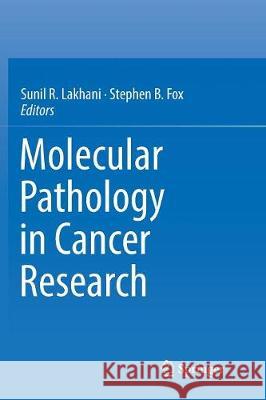Molecular Pathology in Cancer Research » książka
topmenu
Molecular Pathology in Cancer Research
ISBN-13: 9781493982585 / Angielski / Miękka / 2018 / 369 str.
Kategorie BISAC:
Wydawca:
Springer
Język:
Angielski
ISBN-13:
9781493982585
Rok wydania:
2018
Wydanie:
Softcover Repri
Ilość stron:
369
Waga:
0.53 kg
Wymiary:
23.39 x 15.6 x 1.98
Oprawa:
Miękka
Wolumenów:
01
Dodatkowe informacje:
Wydanie ilustrowane











